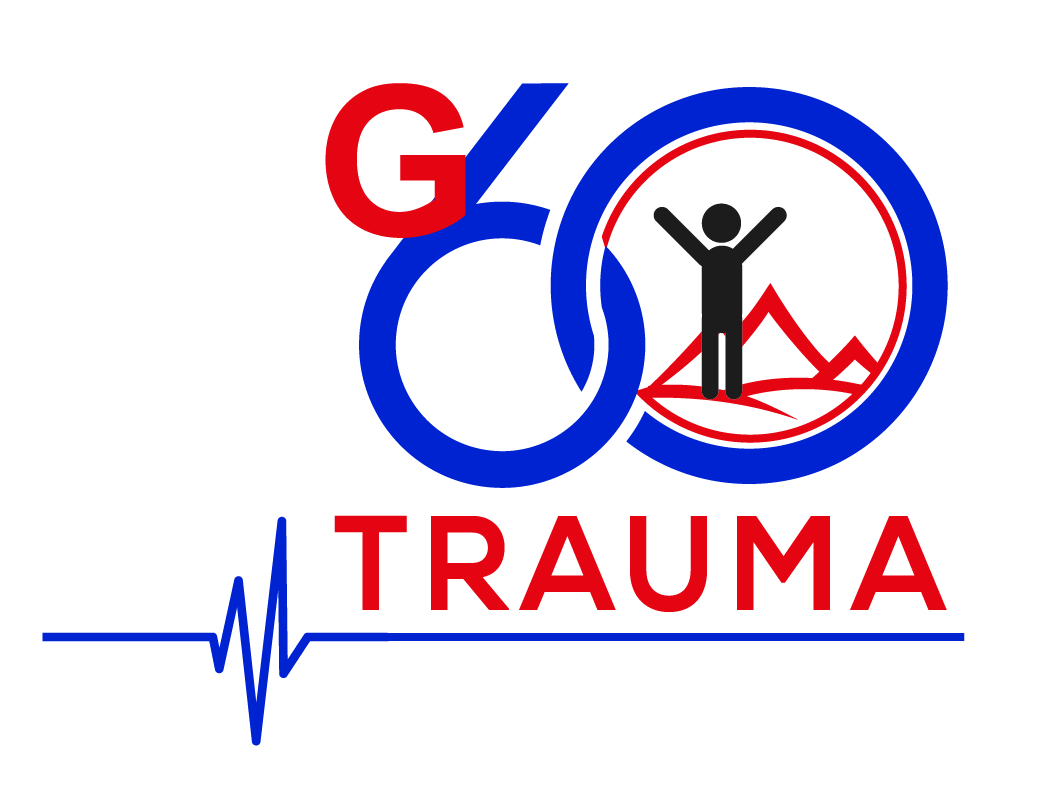Biopsychosocial Model
The model proposed by Engel (1977) suggests that one’s mental health and social factors may influence the biological functioning and contribute to one’s health and illness.
BIOLOGICAL aspect is related to one's physical health (example, current medical conditions or disabilities), genetic vulnerabilities (for example, family history) as well as gender.
PSYCHOLOGICAL aspect involves past related traumatic events, history of psychological conditions (for example; depression, anxiety, PTSD), self-esteem, self-efficacy and coping skills.
SOCIAL aspect of the model emphasizes on one's social support system, family circumstances, socioeconomics as well as social network.

When one experiences such a change, there are many thoughts and concerns that they may experience. The common questions and concerns shared are:
“Will I be able to do things that I used to do prior to my incident?”
“Who is going to look after me if I am unable to care for myself?”
“I have limited funds in my account and I am afraid that it will get depleted with all my medical bills.”
The G60 trauma program was designed to address important aspects of a person’s wellbeing upon experiencing a traumatic event. Our team recognizes that medical treatment alone is not sufficient to meet the needs of our patients. More than the medical treatment, our program is designed to provide our patients with an optimal quality of life post trauma.
Mary, a 62 year old female, with history of osteoporosis had a fall in her bathroom. She developed severe pain at her hips and was not able to stand up. She was transported by the Emergency Medical Services (EMS) to the Emergency Room (ER) where she was diagnosed with a hip fracture.
Premorbid statues prior to her fall: Mary was independent, able to carry out all Activities of Daily Living (ADL’s), ambulating well without a walker and was living alone in her home.
Treatment plan upon being diagnosed with hip fracture:
Biological aspect
She received a hip block in the emergency room which immediately reduced her pain and was scheduled for surgery 24 hours upon arrival to the ER. Her surgery went well and she was referred to a physical therapist and started physiotherapy from post op Day 1. The physical therapist worked with Mary to maximize her mobility through aggressive physical therapy.
An occupational therapist was also referred to educate Mary of prevention measures for future falls and worked with her to optimize her highest possible level of independence.
Psychological aspect
Mary was in disbelief that a ground level fall in her home led to a hip fracture. She was concerned about being home alone and experiencing another fall. She expressed concerns about her ability to care for herself independently upon discharge from the hospital.
A social worker was referred to Mary to work with her through her concerns and educated her on measures to prevent a similar incident from reoccurring. Her case manager worked with her to ensure that Mary had the tools and relevant services she needed to live a healthy independent lifestyle based on her current functioning status.
Social aspect
Mary retired from her job a couple of years prior to her accident. She has one child who is living out of state and she didn’t want to burden her child. She was concerned about her healthcare bills in the hospital, step down care facility as well as her ongoing bills for her home. With the help of a social worker, Mary was informed of her options on how to better cope with her financial commitments.
Mary was also provided with community resources and healthy living programs that she could participate. This option also allowed her to connect with other people who shared similar incidents.
The case scenario is a basic example of what the G60 trauma program entails. Our program is designed to offer all patients a customized holistic care approach. Our multidisciplinary team rounds on patients three times a week. It is during these rounds where they reiterate their plans and answer patients and families questions pertaining to the care plan.





